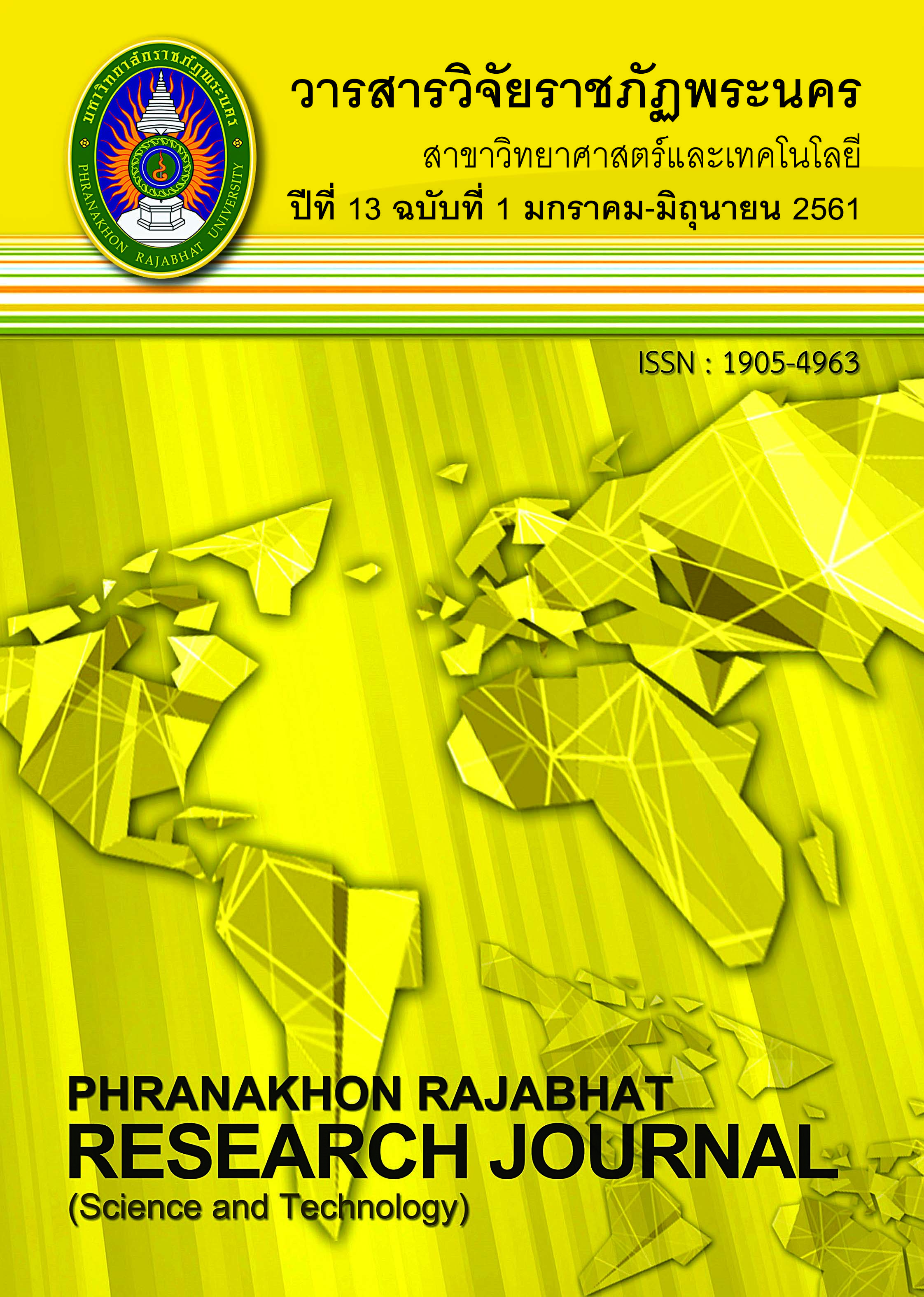EFFECT OF RUBBER POWDER ON MECHANICAL AND THERMAL PROPERTIES OF POLY(BUTYLENE SUCCINATE)
Keywords:
poly (butylene succinate), rubber powder, mechanical property, thermal propertyAbstract
Rubber powder (RP) was blended into biodegradable poly(butylene succinate) (PBS). The PBS/RP blends were prepared by an internal mixer with the ratios of 100/0, 90/10, 80/20, 70/30, 60/40 and 50/50 by weight. Thermal and mechanical properties of PBS/RP blends were investigated. The results of thermal stability showed that the melting temperature of PBS/RP blends tended to decrease with increasing rubber content until the ratio of 70/30 by weight. The degree of crystallinity of blends did not have relationship when the rubber powder was added. Moreover, tensile strength, Young’s modulus, elongation at break, hardness and impact strength were significantly related with rubber content.
References
Gao, L., Zhi, E., Wang, P., and Ji, J. (2014). The degradation of poly(butylene succinate)/natural rubber composites. Advanced Materials Research. 934, 110-115.
Hemsri, S., Thongpin, C., Moradokpermpoon, N., Niramon, P., and Suppaso, M. (2015). Mechanical properties and thermal stability of poly(butylene succinate)/acrylonitrile butadiene rubber blend. Macromolecular Symposia. 354, 145-154.
Ishioka, I., Kitakuni, E., & Ichikawa, Y. (2002). Aliphatic polyesters : ‘bionolle’, Biopolymer, 4 Polyester III. Application and commercial products. Y. Doi, A. Steinbuchel, Eds., Wiley VCH, Weinheim.
Jassim, A.K. (2017). Recycling of polyethylene waste to produce plastic cement. Procedia Manufacturing, 8. 635-642.
Someya, Y., Nakazato, T., and Teramoto, N. (2004). Thermal and mechanical properties of poly (butylene succinate) nanocomposites with various organo-modified montmorillonites. Journal of Applied Polymer Science. 91, 1463-1475.
Sadat-shojai, M., and Bakhshandeh, G.-R. (2011). Recycling of PVC wastes. Polymer Degradation and Stability. 96, 404-415.
Subramanian, P.M. (2000). Plastics recycling and waste management in the US. Resources, Conservation and ecycling. 28, 253-263.
Zhao, Y., Qu, J., Feng, Y., Wu Z., Chen, F., and Tang, H. (2012). Mechanical and thermal properties of epoxideized soybean oil plasticized polybutylene succinate blends. Polymers for Advanced Technologies. 23, 632-638.
Downloads
Published
Issue
Section
License
โปรดกรอกเอกสารและลงนาม "หนังสือรับรองให้ตีพิมพ์บทความในวารสารวิจัยมหาวิทยาลัยราชภัฏพระนคร สาขาวิทยาศาสตร์และเทคโนโลยี" ก่อนการตีพิมพ์



